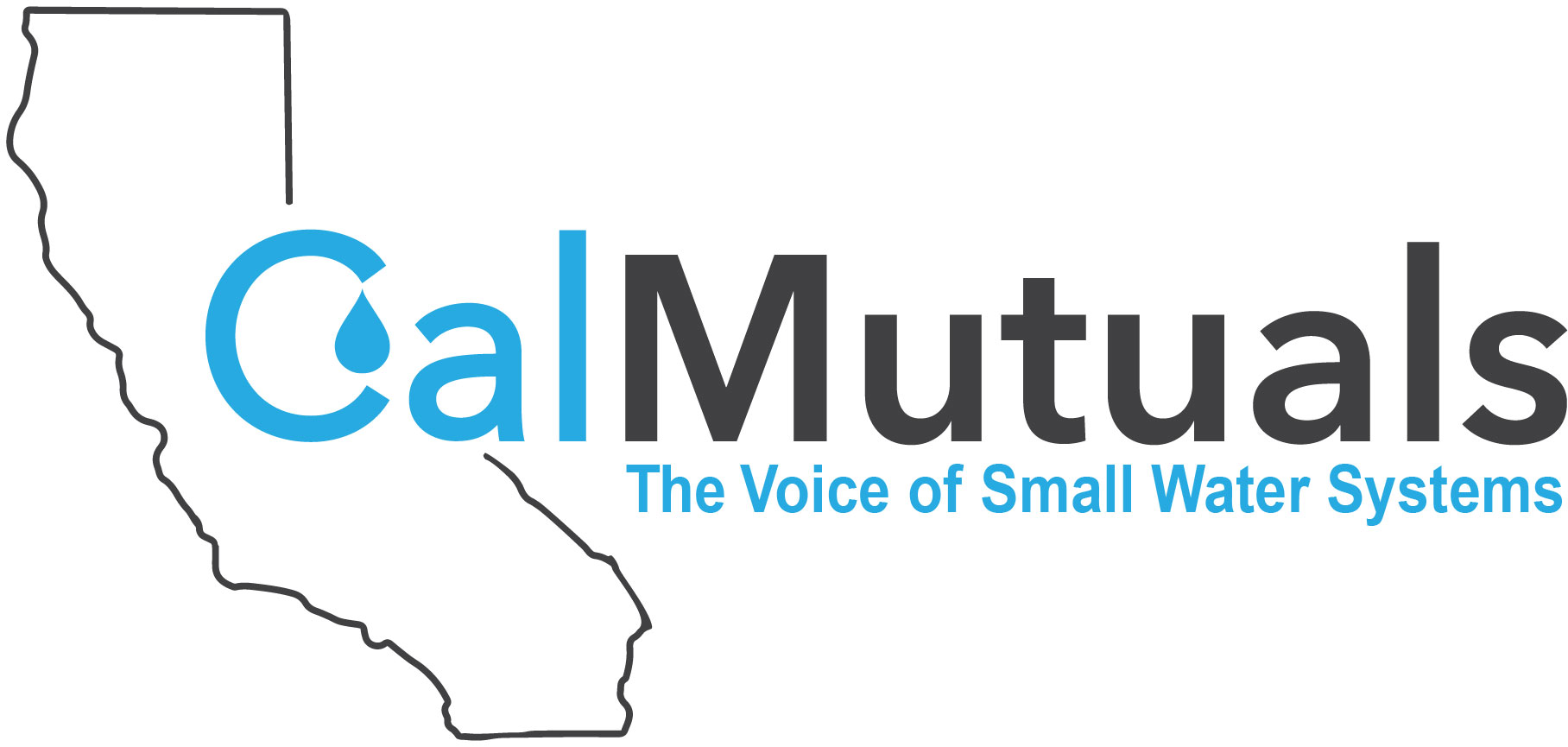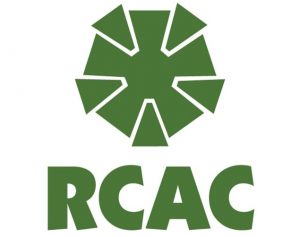Webinar | PITT Findings on PFAS Destruction Technologies
Webinar OnlyThe presence of per- and polyfluoroalkyl substances (PFAS) in the environment is one of the most pressing environmental issues facing our nation. The unique chemical characteristics of PFAS lead to their persistence in the environment and make their complete destruction extremely difficult. EPA has been aggressively working to find solutions to address PFAS issues in communities across the nation, including establishment of EPA’s PFAS Innovative Treatment Team (PITT) in spring 2020 – a six-month, dedicated full-time team of EPA researchers brought together to concentrate on exploring disposal and destruction options for PFAS-contaminated waste. During the PITT’s operation, the team worked together to: Assess current and emerging PFAS destruction technologies being explored by EPA, universities, other research organizations and industry. Explore the efficacy of these PFAS destruction technologies, including consideration of potentially hazardous byproducts. Evaluate the feasibility, performance and cost of various PFAS destruction methods to better understand potential solutions. This presentation will highlight the results of the PITT’s research and next steps for PFAS waste treatment technologies. Register with the link below or take a look at the flyer for more information: ToolsWebinar_Flyer_PITT Findings on PFAS Destruction Technologies

